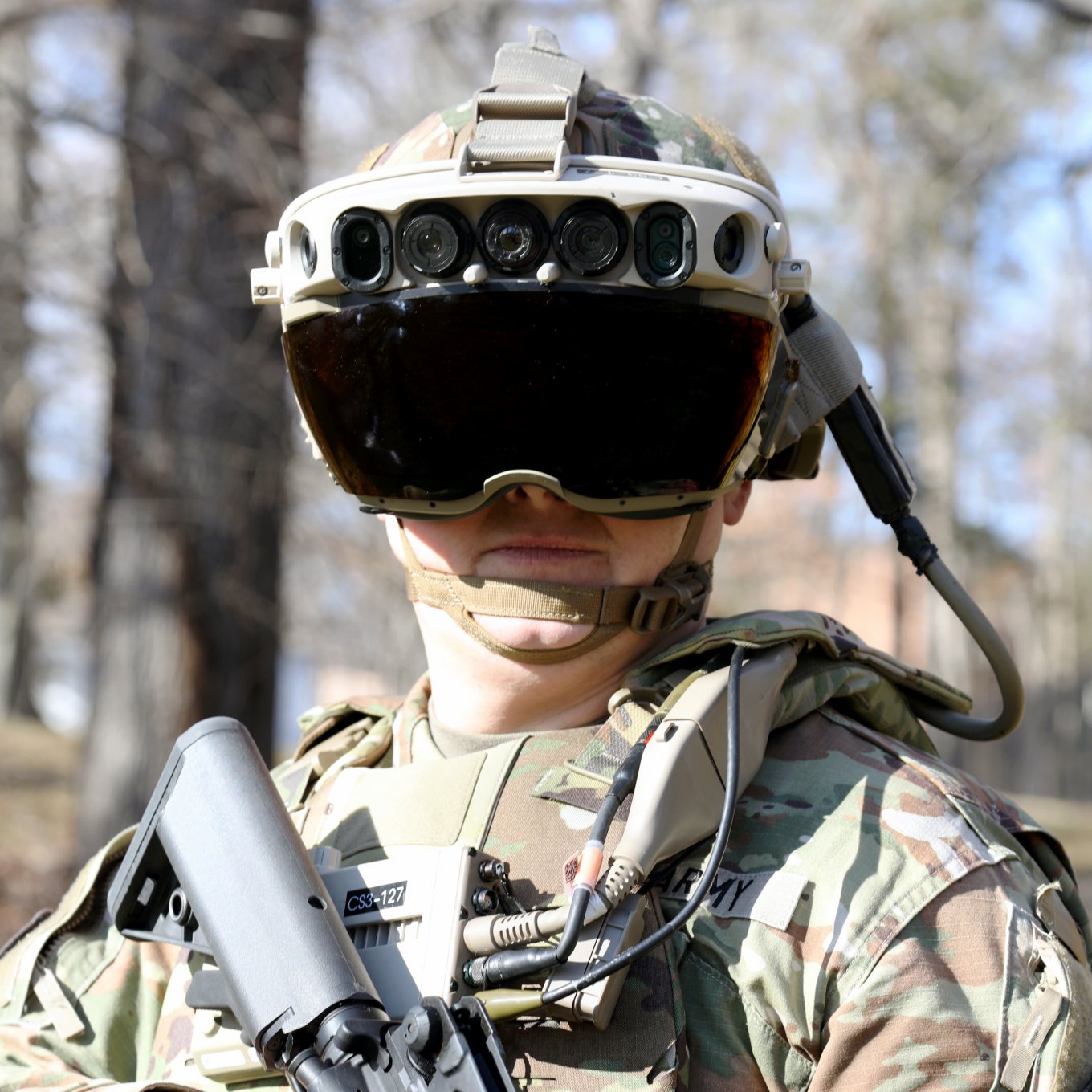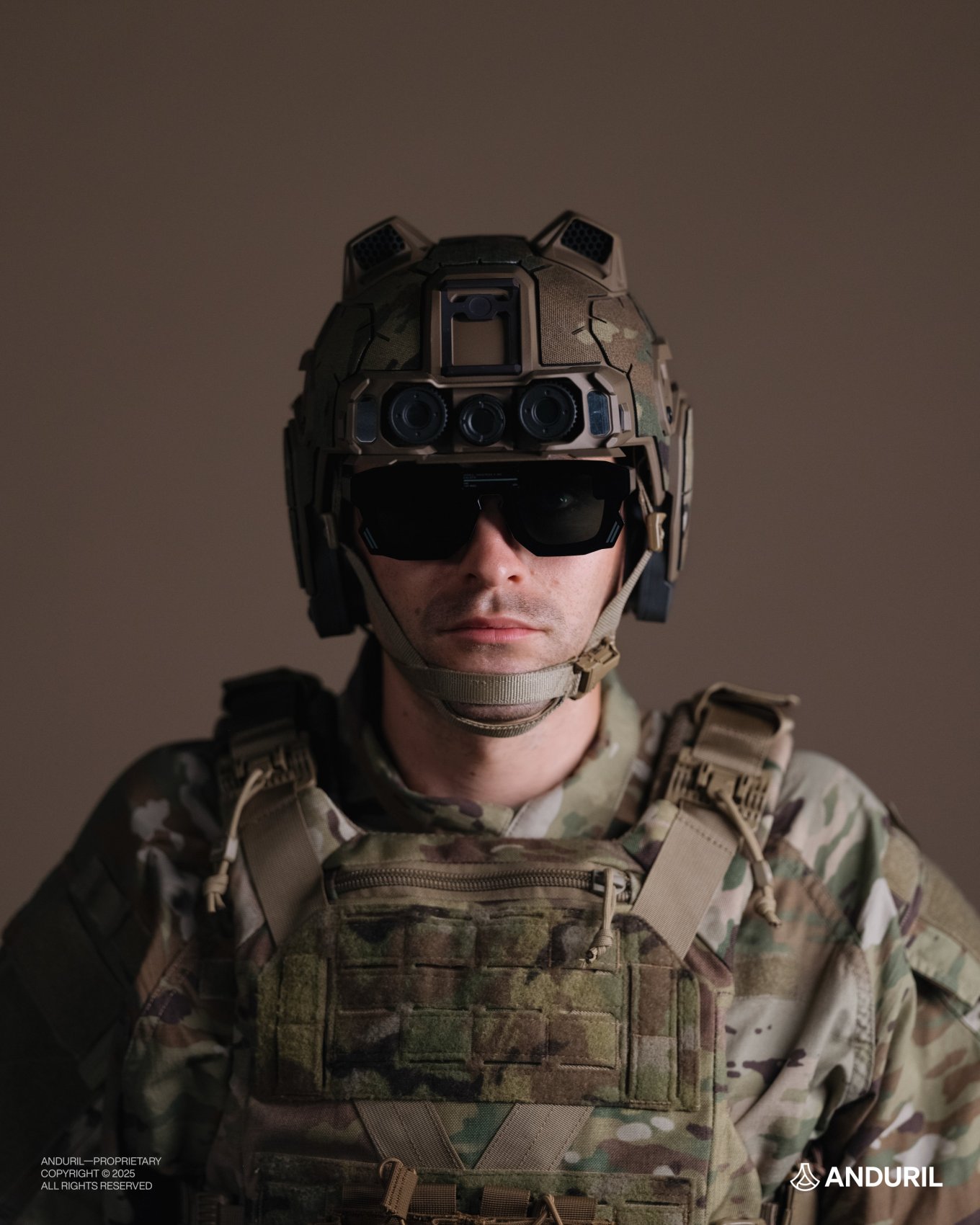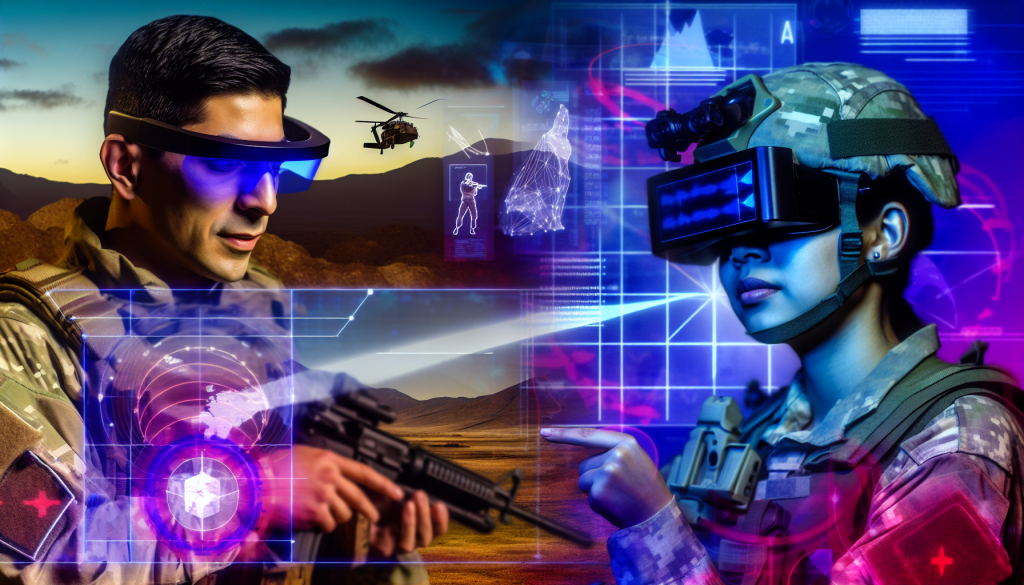In an era where technological innovation is reshaping the defense sector, Anduril’s recent demonstration of the EagleEye augmented reality headset stands as a testament to the agility and effectiveness of forward-thinking companies. Its success contrasts sharply with the challenges faced by traditional defense giants, notably Microsoft, which was initially tasked by the Pentagon to develop a similar system back in 2019.
The adventure began with Microsoft’s IVAS (Integrated Visual Augmentation System), which utilized commercial HoloLens devices as a foundation. However, despite the initial optimism, Microsoft’s project quickly ran into technical issues and persistent delivery delays, undermining the Pentagon’s expectations for a cutting-edge solution.
By September 2024, Microsoft began collaborating with Anduril, gradually shifting responsibility for the project. In April 2025, Microsoft handed over full development duties to Anduril, retaining only the production of final units. This transition highlighted a notable shift in the defense landscape, where new companies could react and adapt more swiftly than their larger counterparts.
In May 2025, Anduril announced a partnership with Meta, previously known as Facebook, to co-develop the augmented reality system. The Pentagon subsequently rebranded the initiative as the Soldier-Borne Mission Command (SBMC). This collaboration aimed to rectify the shortcomings of the original IVAS by replacing the cumbersome HoloLens with Meta’s lightweight smart glasses, designed to mimic the form factor of conventional eyewear.

What sets Anduril apart is its commitment to developing EagleEye from the ground up. The company is not solely reliant on Meta—they are collaborating with a variety of partners, including OSI, Qualcomm Technologies, and Gentex Corporation, to create a streamlined device. Notably, Microsoft is excluded from this list, emphasizing Anduril’s independent approach.

EagleEye showcases a significant shift from bulky technology to a more practical design. The innovative device replaces an unwieldy mask with streamlined glasses, eliminating cumbersome cables, which can hinder operational effectiveness. Furthermore, the EagleEye interface is designed with familiarity in mind—it resembles a computer game, featuring a minimap, compass, menu selector, and a dedicated drone feed window. A robust AI system is integrated, proficient in identifying both friends and foes in any operational environment.
A recent scenario video further illustrates EagleEye’s promising capabilities, showcasing an interface that integrates features like a rear-view mirror and a user-friendly design that flags points of interest. These enhancements signal a move towards improving situational awareness, essential for the modern battlefield.
Eyes in the back of your helmet. EagleEye heightens survivability with beyond-full-cut ballistic protection and blast wave mitigation in an ultra lightweight shell. Rear and flank-view sensors expand awareness without distraction. Spatial audio and RF detection add layers of… pic.twitter.com/VZrDGot0oM— Anduril Industries (@anduriltech) October 14, 2025
Underpinned by a comprehensive suite of systems—collectively known as C4ISR (command, control, communications, intelligence, surveillance, and reconnaissance)—EagleEye allows individual soldiers to connect within a unified combat information network. This integration can facilitate real-time data sharing, from a frontline private to the command center located at the Pentagon.
The overarching initiative to develop augmented reality eyewear in the Pentagon is valued at a staggering $22 billion. Given this lucrative opportunity, Anduril appears poised to fiercely compete for contracts, aiming to deliver a cohesive solution that addresses the nation’s defense needs effectively.
Read more: Experience of Ukraine’s International Legions in Using Smoothbore Rifles on Modern Battlefield

